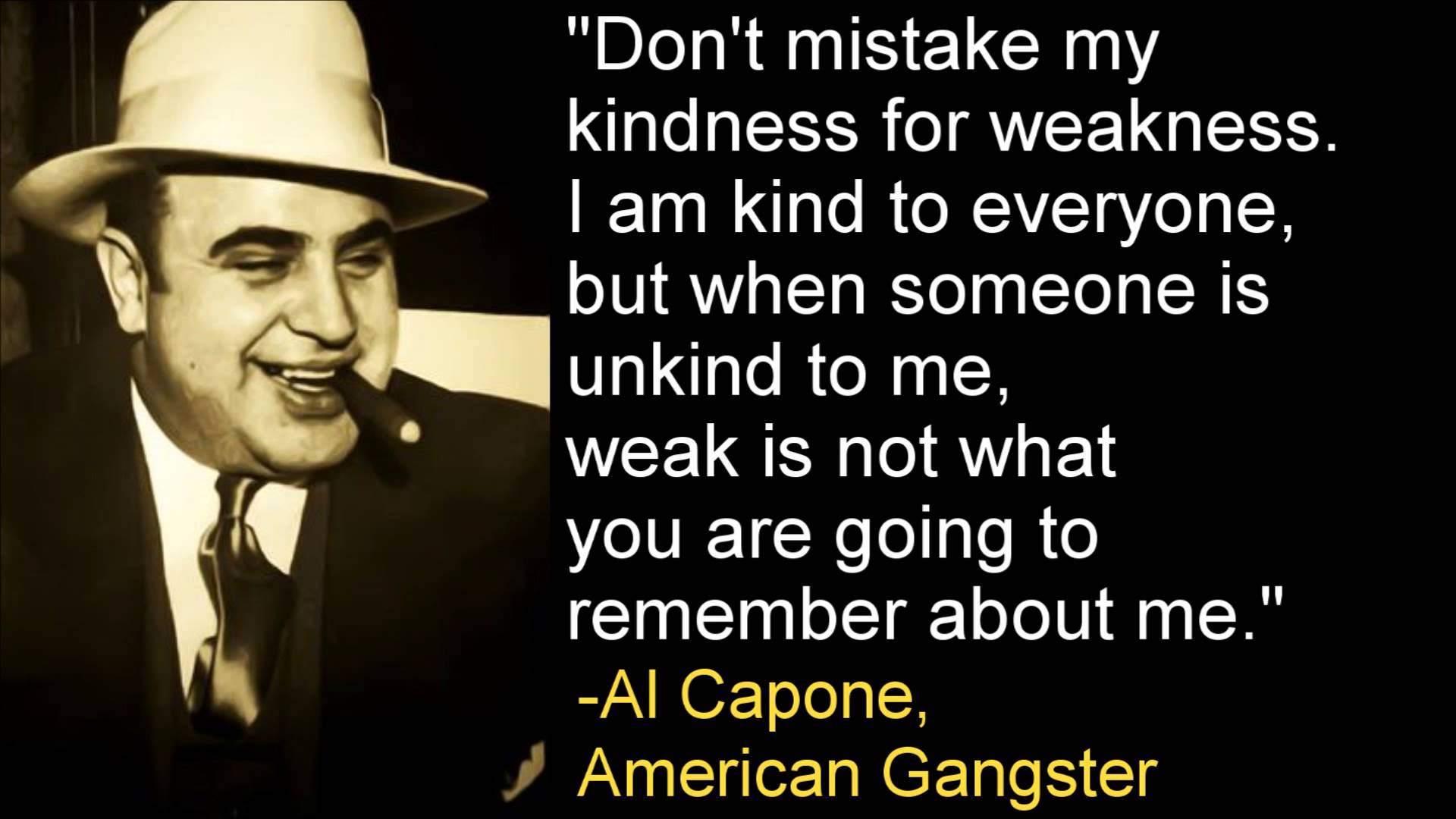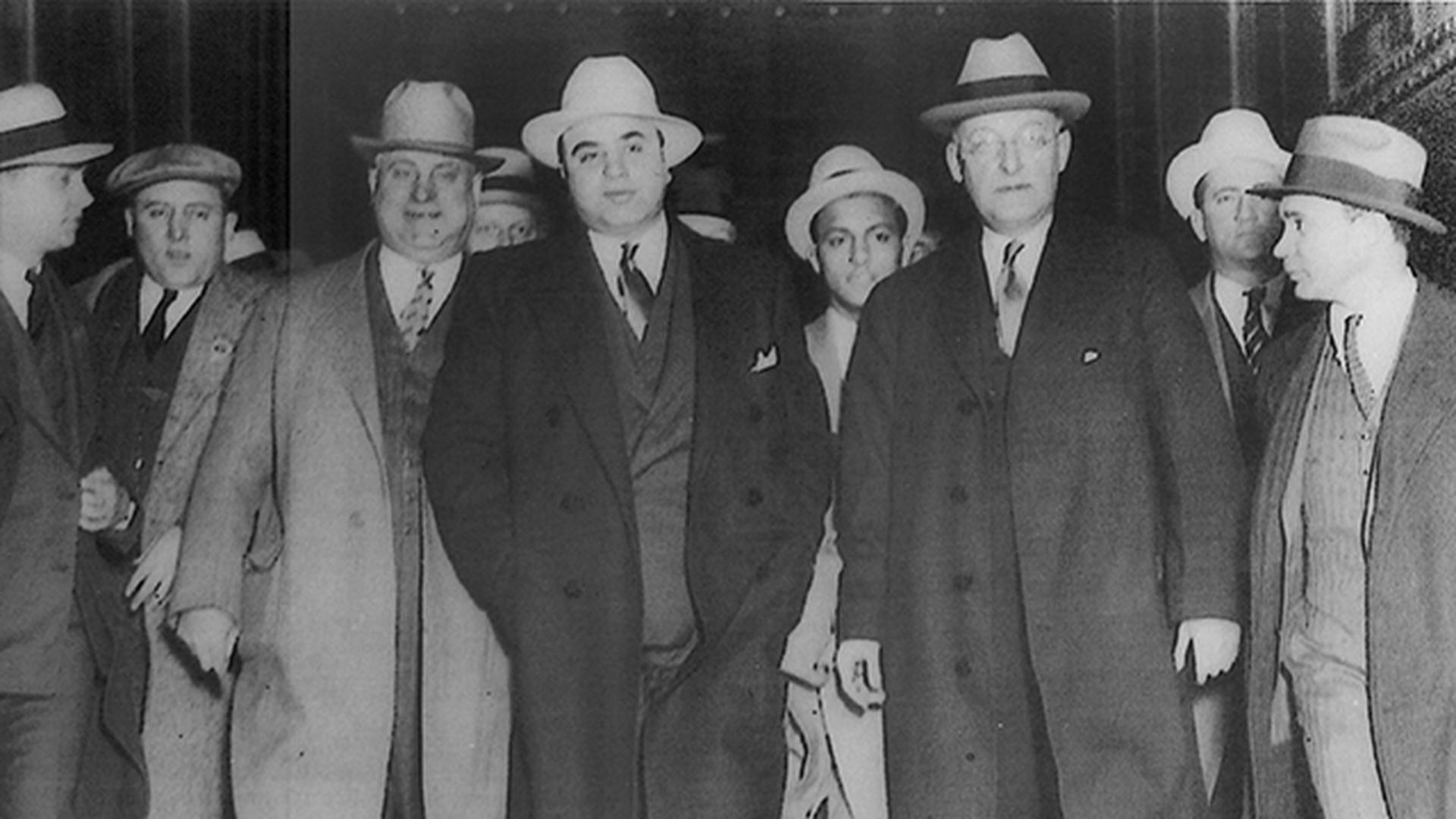Al Capone is one of the most notorious figures in American history, a name that evokes images of gangland warfare, bootlegging empires, and the Prohibition era. Born in Brooklyn, New York, Capone rose to prominence as the leader of the Chicago Outfit, a powerful organized crime syndicate that dominated the illegal alcohol trade during the 1920s. His story is a fascinating mix of ambition, ruthlessness, and eventual downfall, making him one of the most studied figures in the annals of organized crime.
Capone's legacy continues to captivate historians, crime enthusiasts, and the general public alike. His rise to power coincided with one of the most tumultuous periods in American history, the Prohibition era, which banned the production and sale of alcohol. This created a lucrative black market that Capone exploited to build his empire. His influence extended beyond criminal activities, as he became a cultural icon, symbolizing the dangers and allure of the criminal underworld.
Despite his infamy, Capone's life offers valuable insights into the complexities of human nature and the socio-economic conditions that allowed organized crime to flourish. This article delves into the life and times of Al Capone, exploring his rise to power, his criminal empire, his relationships, and his eventual downfall. It aims to provide a comprehensive understanding of the man behind the myth, supported by historical data and expert analysis.
Table of Contents
- Biography of Al Capone
- Early Life and Background
- Rise to Power in Chicago
- The Structure of Capone's Criminal Empire
- Notorious Crimes and Violent Reputation
- Public Image and Media Representation
- Legal Battles and Tax Evasion
- The Downfall of Al Capone
- Legacy and Cultural Impact
- Conclusion and Final Thoughts
Biography of Al Capone
Personal Data and Overview
Alphonse Gabriel Capone, better known as Al Capone, was born on January 17, 1899, in Brooklyn, New York. He grew up in a large Italian immigrant family, the fourth of nine children. His parents, Gabriele Capone and Teresa Capone, emigrated from Italy in search of a better life in America. Below is a table summarizing key aspects of Capone's personal data:
| Full Name | Alphonse Gabriel Capone |
|---|---|
| Date of Birth | January 17, 1899 |
| Place of Birth | Brooklyn, New York, USA |
| Parents | Gabriele Capone and Teresa Capone |
| Spouse | Mae Josephine Coughlin |
| Children | Sonny Capone |
| Date of Death | January 25, 1947 |
| Place of Death | Palm Island, Florida, USA |
Capone's life was marked by both success and tragedy. His early years in Brooklyn set the stage for his eventual rise in the criminal world, while his later years were overshadowed by legal troubles and declining health.
Early Life and Background
Al Capone's early life was shaped by the challenges faced by many Italian immigrants in early 20th-century America. Growing up in a working-class neighborhood, Capone attended school until the sixth grade, after which he dropped out following a dispute with a teacher. He soon found himself involved in street gangs, a common path for young men in his community.
Capone's involvement with the Five Points Gang in Manhattan introduced him to the world of organized crime. It was during this period that he earned the nickname "Scarface" after being slashed across the face in a barroom fight. This experience marked the beginning of his journey into the criminal underworld, a path that would eventually lead him to Chicago and international notoriety.
Rise to Power in Chicago
Chicago's Prohibition Era
Capone's move to Chicago in 1920 coincided with the start of Prohibition, a nationwide ban on the production and sale of alcohol. This created a vast black market that Capone quickly exploited. By aligning himself with the Chicago Outfit, a powerful organized crime syndicate, Capone began to build his empire.
His rise to power was characterized by a combination of strategic alliances, ruthless enforcement, and a knack for business. Capone's ability to bribe officials and intimidate rivals helped solidify his position as the most powerful gangster in Chicago. By the mid-1920s, his organization controlled much of the city's illegal alcohol trade, generating millions in revenue.
The Structure of Capone's Criminal Empire
Key Operations and Networks
Capone's criminal empire was a complex network of operations that included bootlegging, gambling, and prostitution. At its height, the empire employed thousands of people and generated an estimated $100 million annually. Below are some of the key components of his operations:
- Bootlegging: Capone's largest revenue stream came from the illegal production and sale of alcohol. His network of speakeasies and distilleries supplied much of Chicago's alcohol during Prohibition.
- Gambling: Capone controlled numerous illegal gambling operations, including casinos and betting parlors.
- Prostitution: His organization also ran brothels, further expanding his influence over Chicago's vice industries.
Capone's ability to diversify his operations and adapt to changing circumstances was a testament to his business acumen. However, this success also made him a target for law enforcement agencies determined to bring him down.
Notorious Crimes and Violent Reputation
The St. Valentine's Day Massacre
One of the most infamous events associated with Capone was the St. Valentine's Day Massacre in 1929. This brutal killing of seven members of a rival gang solidified Capone's reputation as a ruthless criminal. While Capone was never formally charged with the murders, public opinion held him responsible.
The massacre highlighted the violent nature of Capone's rise to power. His willingness to use violence to eliminate rivals was a hallmark of his approach to business. This reputation made him both feared and respected in the criminal underworld.
Public Image and Media Representation
Capone as a Cultural Icon
Despite his criminal activities, Capone cultivated a public image as a Robin Hood-like figure who provided jobs and entertainment during tough economic times. He was often photographed in expensive suits and surrounded by luxury, reinforcing his status as a powerful and wealthy man.
Capone's relationship with the media was complex. While he sought to control his public image, journalists were often critical of his activities. Nevertheless, his larger-than-life persona made him a favorite subject for newspapers and magazines, further cementing his place in American popular culture.
Legal Battles and Tax Evasion
Federal Investigation and Prosecution
Capone's legal troubles began in earnest in the late 1920s when federal authorities launched an investigation into his financial activities. Unlike many of his contemporaries, Capone had failed to file income tax returns, leaving him vulnerable to prosecution. In 1931, he was convicted of tax evasion and sentenced to 11 years in federal prison.
This legal battle marked the beginning of Capone's downfall. His imprisonment stripped him of his power and influence, effectively ending his reign as Chicago's crime boss.
The Downfall of Al Capone
Decline and Death
Capone's time in prison took a toll on his health. He suffered from syphilis, a condition that had gone untreated for years, leading to mental deterioration. Upon his release in 1939, Capone retired to his estate in Palm Island, Florida, where he lived in seclusion until his death in 1947.
Capone's downfall was a cautionary tale about the dangers of unchecked ambition and the consequences of criminal behavior. His story continues to resonate with audiences, serving as both a warning and a source of fascination.
Legacy and Cultural Impact
Capone in Popular Culture
Capone's legacy extends far beyond his criminal activities. He has been immortalized in books, films, and television shows, often portrayed as a complex figure whose life reflects the broader themes of power, corruption, and redemption. His influence on American popular culture remains significant, with his name synonymous with organized crime.
Historians continue to study Capone's life, seeking to understand the forces that shaped his rise and fall. His story serves as a reminder of the human cost of greed and the importance of upholding the rule of law.
Conclusion and Final Thoughts
Al Capone's life is a fascinating study of ambition, power, and the consequences of criminal behavior. From his humble beginnings in Brooklyn to his rise as Chicago's most powerful gangster, Capone's story is one of both triumph and tragedy. His legacy continues to captivate audiences, offering valuable lessons about the dangers of organized crime and the importance of integrity.
We invite you to share your thoughts on this article in the comments section below. For more insights into the world of organized crime and American history, explore our other articles. Thank you for reading!


